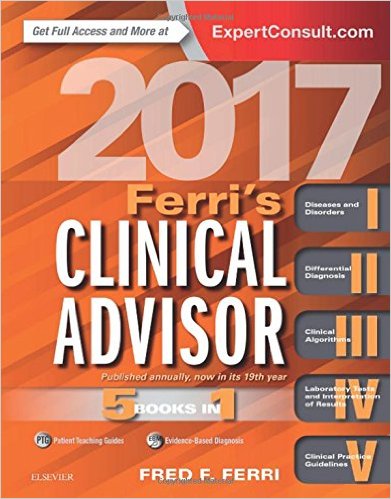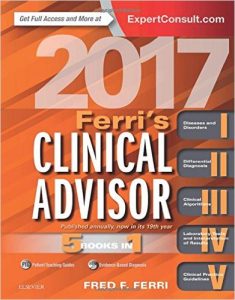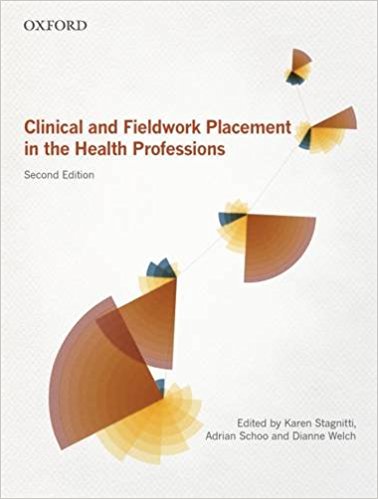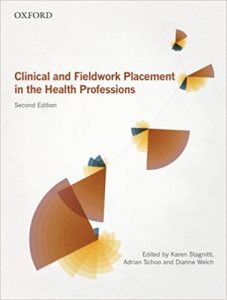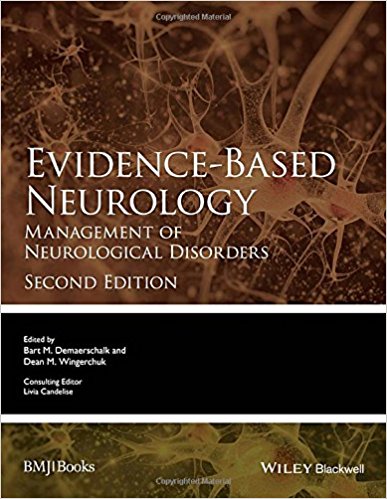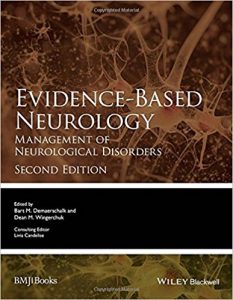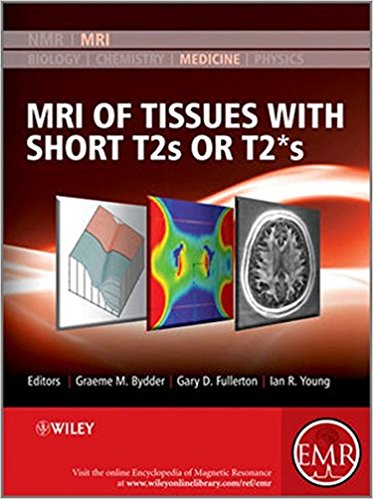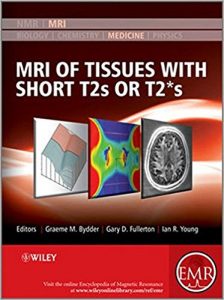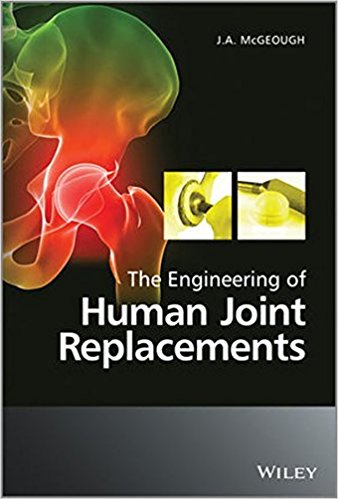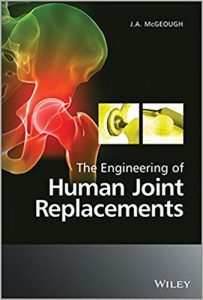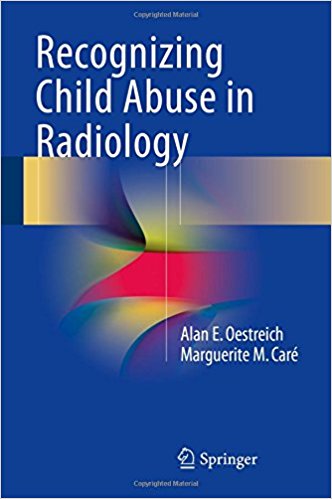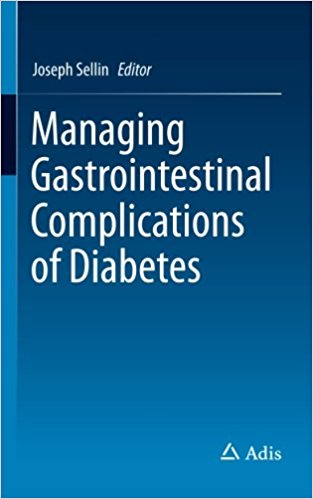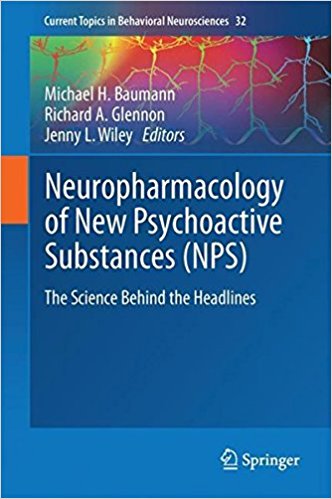Ocular Pathology, 7e (Expert Consult Title: Online + Print) 7th Edition


[amazon template=iframe image2&asin=1455728748]
2015 BMA Medical Book Awards Highly Commended in Pathology Category! Comprehensive, yet concise and clinically oriented, the new edition of Ocular Pathology brings you the very latest advances of every aspect of ocular pathology. From updated information on today’s imaging techniques, to the implementation of genetic data to better understand disease, this esteemed medical reference book promises to keep you at the forefront of your field
“This seventh edition of Ocular Pathology by Myron Yanoff and Joseph Sassani is a superb update of what has become the single best ophthalmic pathology reference text for ophthalmologists, pathologists and researchers.” Foreword by: J. Douglas Cameron, Ophthalmology and Visual Neurosciences, University of Minnesota School of Medicine, June 2015
- Take advantage of clinical “pearls” that offer you the benefits of proven strategies.
- Quickly reference information with help from a convenient outline format, ideal for today’s busy physician.
- Visualize every concept by viewing 1,900 illustrations, 1,600 of which are in full color, from the collections of internationally renowned leaders in ocular pathology.
- Understand the role of VEGF and other factors in the pathobiology of diabetic complications, as well as the pathobiology of myocilin and the TIGR gene in the development of glaucoma.
- Review the latest features related to the pathobiology of central corneal thickness.
- Stay abreast of the latest in ocular pathology with coverage of the classification system for retinoblastoma; immunopathology of herpes keratitis; and genetic features of persistent hyperplastic primary vitreous.
- Access the entire text online at Expert Consult, and test your visual recognition and understanding of disease with a new online image review/testing feature.









